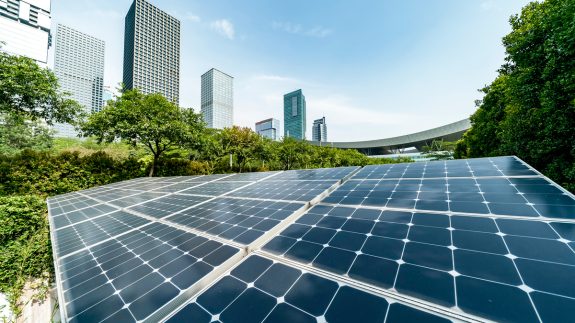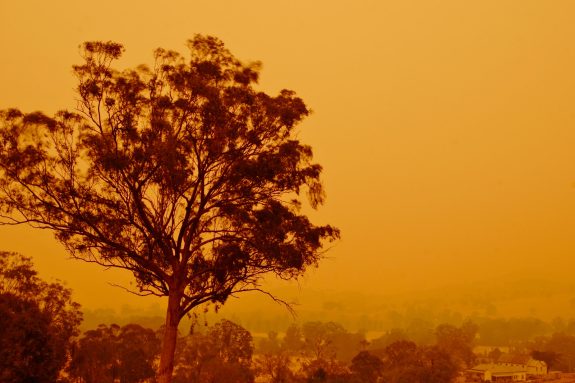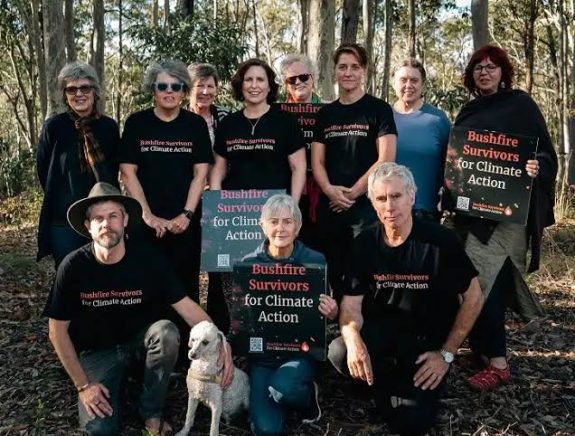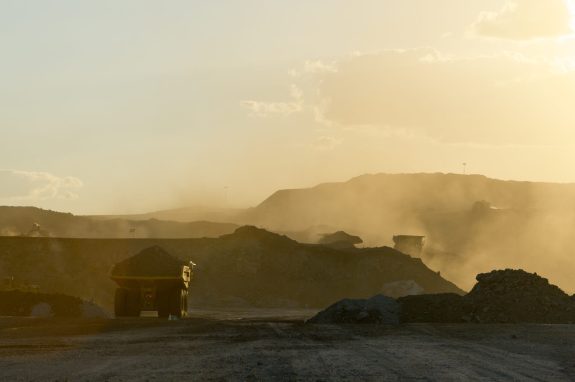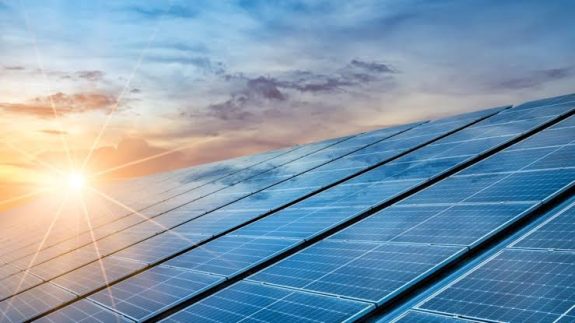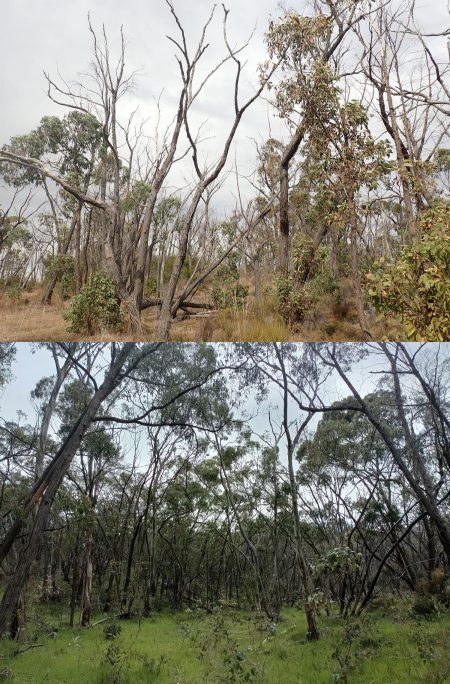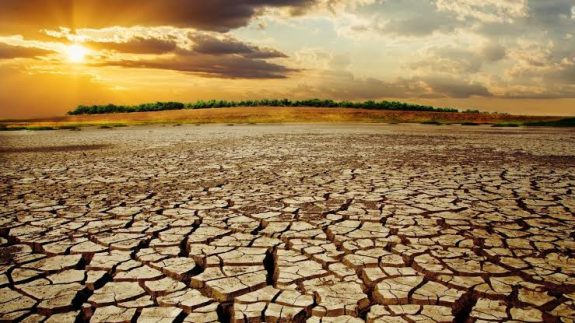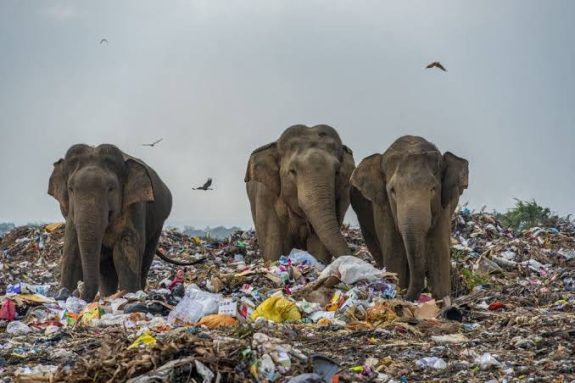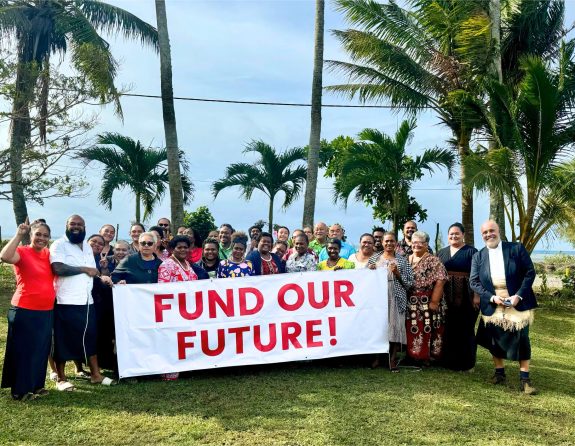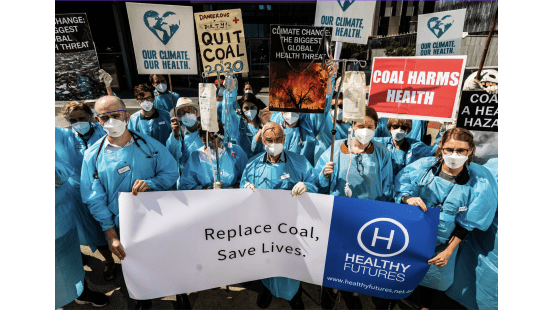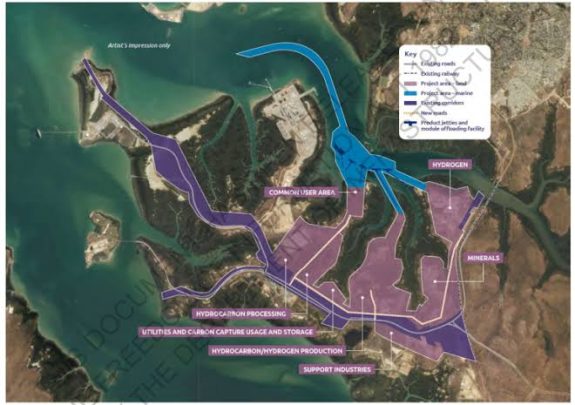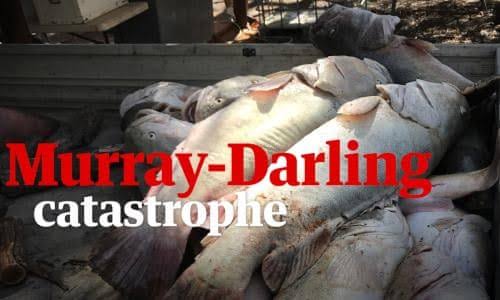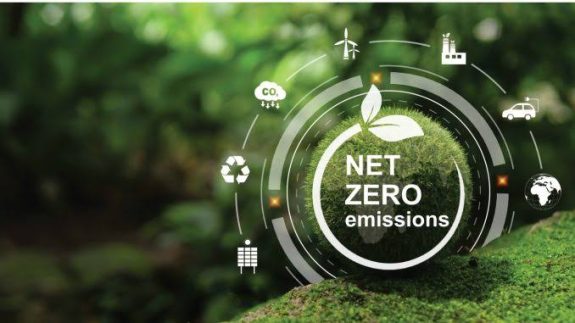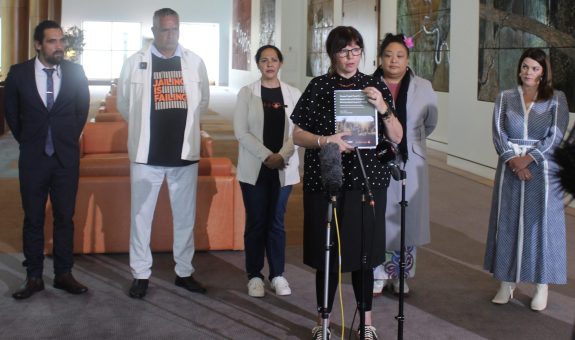COP31: Australia has a chance to lead on climate, we must seize the opportunity

UNSW Institute for Climate Risk & Response
Collaborative efforts among universities are paving the way for Australian and Pacific governments to successfully host COP31, but there’s a lot of work to do before then, writes Ben Newell, Director of the UNSW Institute for Climate Risk & Response.
Next month, Australia is expected to be named as host of the United Nations climate summit in 2026, in partnership with Pacific Island countries. We have just two years to shape an ambitious agenda to manage the risks and opportunities of climate change, and we must start now.
Hosting the world’s climate talks is a unique opportunity for Australia to shine as a climate leader. Realising this potential requires us all to be on a shared pathway – government, industry, and society. Universities can help ensure we maximise our moment in the international climate spotlight.
The UNSW Institute for Climate Risk & Response is holding an Industry Forum that exemplifies this shared approach and highlights the strengths of working together toward a climate-positive future.
Embracing climate action
The lead-up to the global summit will help focus the national conversation on climate action. Australians overwhelmingly support hosting COP31 and are world leaders when it comes to rooftop solar – one in three households have solar panels. Our electricity grid is also changing as coal-fired power is replaced by wind, solar and storage. But more difficult behavioural changes are ahead.
Chair of the Climate Change Authority Matt Kean, one of the speakers at the Industry Forum, is clear that climate action is about “behavioural choices governments, businesses, communities, households and individuals make about which technologies are used, when and how.”
To make deep progress cutting emissions, we will need to make different choices about what, and how much we consume, what we eat and how we move about our cities.
Behavioural scientists at UNSW are helping us to understand Australian attitudes toward climate action. A recent global study of almost 60,000 individuals (including nearly 1000 Australians) found simple behavioural interventions – such as writing a letter to an imagined member of a future generation, describing the actions being taken to ensure the inheritance of a healthy, habitable planet – can shift beliefs and increase policy support.
Helping business understand climate risk and opportunity
Australian businesses are increasingly focused on climate action and will be key partners if COP31 is to be a success. The federal government has passed new regulations requiring business to report on the risks, and opportunities, that climate change poses for their operations and assets.
Researchers at UNSW are helping businesses understand what climate models can and cannot tell us about the risks they face in a warming world. A key focus for the Industry Forum is discussion of ‘storyline’ techniques for risk assessment that combine climate model projections with other types of evidence to help businesses make well-informed decisions.
Supporting a successful UN climate summit
Universities are working together to support Australian and Pacific governments to host the UN climate talks. A COP31 Universities Alliance has been established as a partnership between Australian and Pacific universities to coordinate the contribution of the higher education and research sector toward COP31.
The UNSW Institute for Climate Risk & Response recently published a briefing note, Working Together: Australian and Pacific universities helping to deliver a successful and ambitious COP31 climate summit, which explains how Australian and Pacific universities can help deliver a successful UN climate summit.
Hosting COP31 is a unique opportunity for our region to build genuine, long-lasting climate action. A shared pathway is crucial. Universities will play a key convening role, bringing government, industry and the public together to shape an inclusive and ambitious agenda. Today’s Industry Forum is a small but important step along the path to a positive climate future.
Ben Newell is Professor of Behavioural Science in the School of Psychology at UNSW Sydney, and Director of the UNSW Institute for Climate Risk & Response.
Like what we do at The AIMN?
You’ll like it even more knowing that your donation will help us to keep up the good fight.
Chuck in a few bucks and see just how far it goes!
Your contribution to help with the running costs of this site will be greatly appreciated.
You can donate through PayPal or credit card via the button below, or donate via bank transfer: BSB: 062500; A/c no: 10495969










